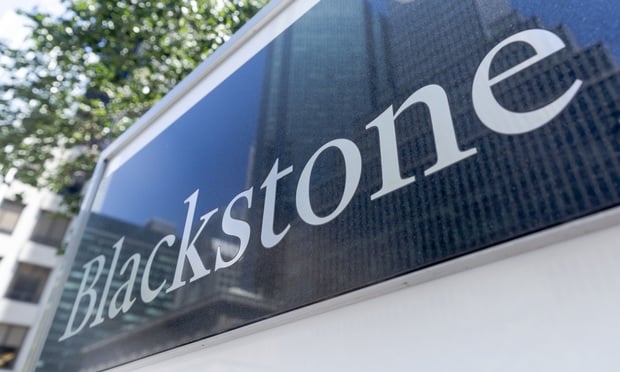 Holmes: "The stability of single-tenant net-lease retail continues to attract investors, with an increasing number of buyers coming from other property types."
Holmes: "The stability of single-tenant net-lease retail continues to attract investors, with an increasing number of buyers coming from other property types."
PHOENIX–It's not exactly an expansive time for retail. And with recessionary talk taking more space in the news cycle, that's a good thing.
This theme carries through to retailers occupying the single-tenant net lease space, and as Scott Holmes, SVP and national retail director for Marcus & Millichap explains: "People are being more careful right now. It seems that we've been 'cautiously optimistic' for more than 10 years, but nearly all economic indicators are still strong."
In fact, that cautionary environment serves STNL well, as investors look to diversify. "The stability of single-tenant net-lease retail continues to attract investors, with an increasing number of buyers coming from other property types," states the firm's second-half national report on the net-lease sector. "The 1031-exchange remains a common gateway to the sector as roughly 44 percent of STNL buyers in the past four quarters utilized the tax-deferred exchange. Apartment and retail investors have popularized this acquisition strategy as they seek assets with less perceived downside risk amid increased economic uncertainty and concerns of cycle maturity."
According to Holmes, real concerns about a recession should really begin when euphoria sets in and "the belief that nothing can ever go wrong," seizes the market–as it did ahead of the last major downturn. "We're not seeing that today, and the fundamentals are firing on all cylinders. If there is a concern we're hearing, it's primarily around political risk, especially in an election year, which tends to make people slow down."
The previously mentioned diversification among more cautious investors is having an impact on pricing. In fact, according to the report, buyers are focused on high-quality assets in key metros "to help mitigate risk. As a result, price appreciation among class A assets soared 15 percent over the past year, while class B/C properties logged just two percent growth. During that time, the national average cap rate remained at 6.1 percent as buyer composition counterbalanced the discrepancy in price appreciation."
"For example, we've seen people selling coastal apartments they've owned for years at a four-cap and looking to diversify some of those proceeds into STNL assets that are trading at a six-cap, depending of course on who the tenant is," adds Holmes. "They can pick up 200 bps of yield along with lower management responsibility and a long-term lease to a credit tenant."
But while prices have appreciated, absorption has slowed, a function of historically low new construction and retailers choosing to wring more value from existing assets. "Space absorption in the STNL segment totaled less than five million square feet in the first half of the year," says the report, "the lowest level in more than a decade."
"With late-cycle dynamics causing some companies to pause expansion plans," it continues, "investment into current operations is becoming a more common retailer strategy." Decreased construction in the face of a "moderated economic outlook" also contributes to the remodeling trend.
Banks are certainly willing to lend, says Holmes, but they remain disciplined in their underwriting.The current low interest-rate environment still makes for compelling leveraged yields in STNL relative to many other asset classes. "Stores that went through large expansions in previous cycles are more thoughtful and disciplined about adding new stores today. ," says Holmes. Instead, "We're seeing remodels and reformatting within existing stores. It comes down to total capital expenditure for them, as they look to optimize their capital spending to reflect an omnichannel strategy."
This variety of factors comes down to one concept for STNL: Stability. And that will be the watchword. "Most people are telling us that they see stability for next year," Holmes concludes.
© 2025 ALM Global, LLC, All Rights Reserved. Request academic re-use from www.copyright.com. All other uses, submit a request to [email protected]. For more information visit Asset & Logo Licensing.








